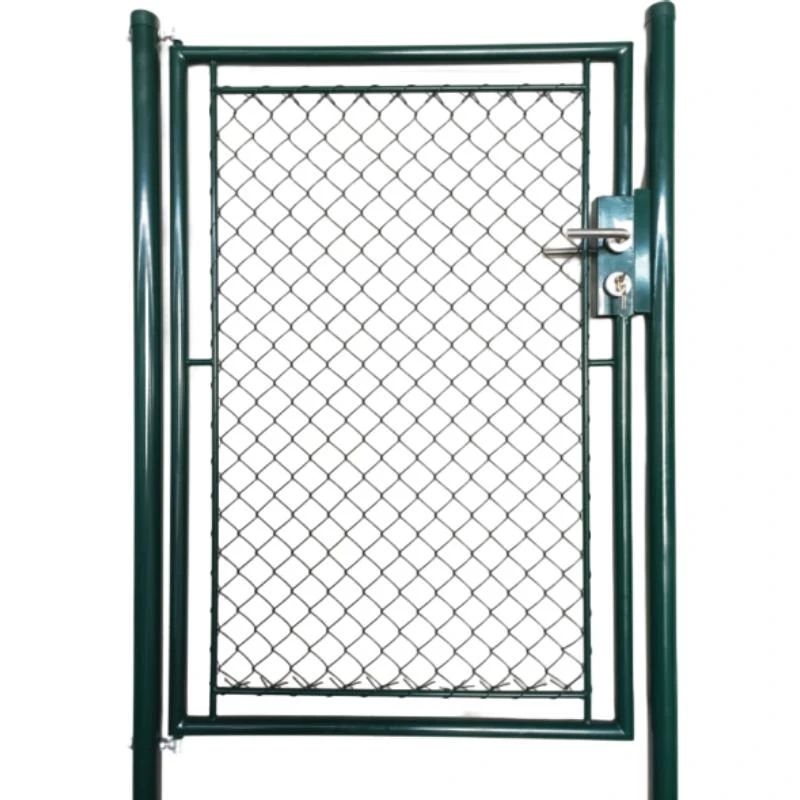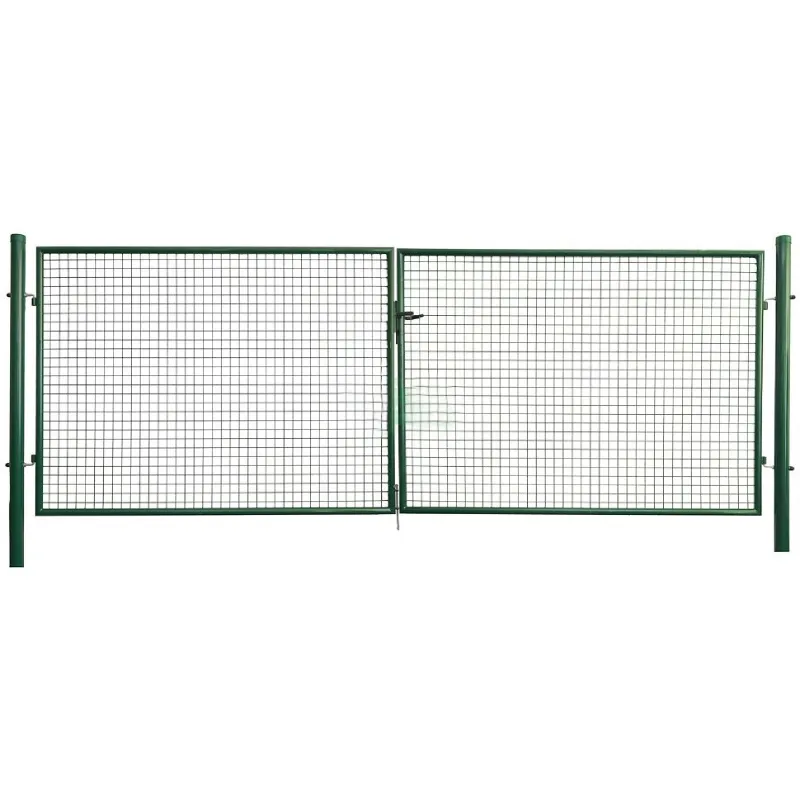-
Email:zhao@hyliec.cn
-
Tel:+86 311 85273988
-
WhatsAPP:8613931128750
-
 Afrikanac
Afrikanac -
 Albanac
Albanac -
 amharski
amharski -
 arapski
arapski -
 Jermenski
Jermenski -
 Azerbejdžanski
Azerbejdžanski -
 Basque
Basque -
 bjeloruski
bjeloruski -
 bengalski
bengalski -
 bosanski
bosanski -
 bugarski
bugarski -
 katalonski
katalonski -
 Cebuano
Cebuano -
 Korzikanac
Korzikanac -
 hrvatski
hrvatski -
 češki
češki -
 danski
danski -
 Dutch
Dutch -
 engleski
engleski -
 esperanto
esperanto -
 estonski
estonski -
 Finski
Finski -
 francuski
francuski -
 Frizijski
Frizijski -
 galicijski
galicijski -
 Gruzijski
Gruzijski -
 njemački
njemački -
 grčki
grčki -
 gudžarati
gudžarati -
 haićanski kreolski
haićanski kreolski -
 hausa
hausa -
 hawaiian
hawaiian -
 hebrejski
hebrejski -
 Ne
Ne -
 Miao
Miao -
 Mađarski
Mađarski -
 islandski
islandski -
 igbo
igbo -
 indonezijski
indonezijski -
 irski
irski -
 talijanski
talijanski -
 Japanski
Japanski -
 Javanese
Javanese -
 kanada
kanada -
 kazakh
kazakh -
 kmerski
kmerski -
 Ruandski
Ruandski -
 korejski
korejski -
 Kurdski
Kurdski -
 kirgiski
kirgiski -
 TB
TB -
 Latinski
Latinski -
 Latvian
Latvian -
 litvanski
litvanski -
 Luksemburški
Luksemburški -
 makedonski
makedonski -
 Malgashi
Malgashi -
 malajski
malajski -
 malajalam
malajalam -
 Maltezer
Maltezer -
 Maori
Maori -
 Marathi
Marathi -
 mongolski
mongolski -
 Myanmar
Myanmar -
 nepalski
nepalski -
 norveški
norveški -
 norveški
norveški -
 Occitan
Occitan -
 Pashto
Pashto -
 perzijski
perzijski -
 Poljski
Poljski -
 portugalski
portugalski -
 Punjabi
Punjabi -
 rumunski
rumunski -
 ruski
ruski -
 Samoan
Samoan -
 Scottish Gaelic
Scottish Gaelic -
 srpski
srpski -
 engleski
engleski -
 Šona
Šona -
 Sindhi
Sindhi -
 Sinhala
Sinhala -
 Slovak
Slovak -
 slovenački
slovenački -
 somalijski
somalijski -
 španski
španski -
 sundanski
sundanski -
 svahili
svahili -
 švedski
švedski -
 Tagalog
Tagalog -
 Tajik
Tajik -
 tamilski
tamilski -
 Tatar
Tatar -
 telugu
telugu -
 tajlandski
tajlandski -
 turski
turski -
 Turkmen
Turkmen -
 ukrajinski
ukrajinski -
 Urdu
Urdu -
 Ujgur
Ujgur -
 Uzbek
Uzbek -
 Vijetnamski
Vijetnamski -
 velški
velški -
 Upomoć
Upomoć -
 jidiš
jidiš -
 Yoruba
Yoruba -
 Zulu
Zulu
Garden Gates
Cheap Garden Gates For Sale
You can find cheap garden gates for sale at various home improvement stores, online retailers, and local hardware shops. Consider looking for sales, clearance items, or second-hand options to find affordable garden gates that meet your needs. Additionally, exploring different types and sizes can help you find cost-effective solutions for your garden gate. Be sure to compare prices, quality, and reviews to make an informed decision.
Garden Gate Construction
1. Planning: Determine the location and dimensions of the gate, considering the width of the pathway or opening. Decide on the type of gate, such as a single or double gate, and the materials to be used.
2. Materials: Select the appropriate types and sizes for the gate, such as round tube gates or square tube gates, single wing gates or double wings gates, ensure to meet requirements of maximum.
3. Frame assembly: Construct the frame of the gate using the chosen types and sizes . This may involve cutting and assembling the frame pieces, ensuring that they are square and level.
4. Adding infill: Depending on the design, add infill materials such as pickets, panels, or mesh to the gate frame. Secure the infill materials to the frame using appropriate fasteners.
5. Hardware installation: Install hinges, latches, and any additional hardware required for the gate to function properly. Ensure that the hardware is durable and suitable for outdoor use.
6. Finishing touches: Sand the gate to smooth any rough edges and apply a protective finish or paint to enhance its durability and appearance.
7. Installation: Once the gate is constructed, install it in the desired location, ensuring that it swings freely and latches securely.
It's important to follow any local building codes or regulations when constructing a garden gate, especially if it will be used as a boundary or security feature. If you're unsure about the construction process, consider consulting with a professional or seeking guidance from experienced individuals.





